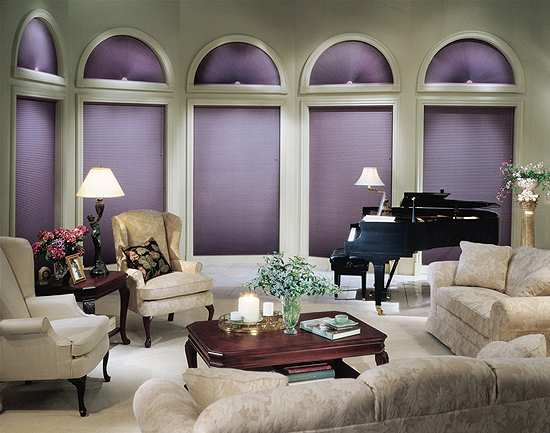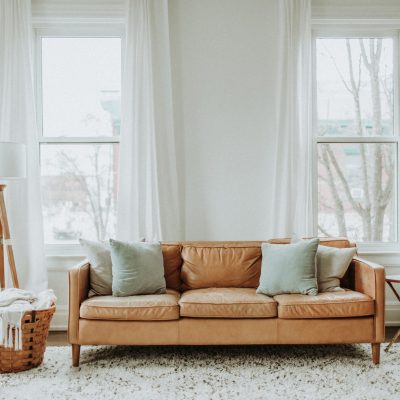Many homeowners use shades to keep their home cool in the summer. The problem with older shades is that they block out most of the available sunlight when closed, and there isn’t a whole lot of versatility in how much light can get in when they’re open. Natural sunlight can accent your furniture, and play on certain colors of the room.
Recently homeowners, especially in the Phoenix area use cellular shades. But what are they?
Cellular shades are solar shades that afford users privacy, the ability to adjust the lighting in the room, and a unique design. Cellular shades are more advanced than most of their counterparts, in that they incorporate aesthetics, mechanics and convenience.
How are Cellular Shades Made?
Cellular shades are comprised of two or more fabrics, depending on the style. These fabrics are pleated and stitched together. These pleats are either vertical or horizontal, or both. Starch is then added to the fabric to keep the shape of the pleats. The result is a shade that lets the light through in the shape of honeycomb. For this reason, they are also called honeycomb blinds.
Lighting
One of the advantages to cellular shades is that they offer a lot more versatility in regards to desired light levels. Homeowners can adjust the shades to allow varying degrees of light to filter into the home rather than just change the direction. Many people find adjustable interwoven shades convenient because they can accent different colors in the room, an option that older blinds do not provide. Darker-colored rooms may be accented by large amounts of sunlight. Lighter-colored rooms may benefit from just a hint.
Design
Additionally, cellular shades come in any number of sizes and styles. Because cellular shades come in so many different designs, it’s easy for homeowners to narrow down their options to a design that best accents the room, or rooms, in question.
Energy Reduction
Because, cellular shades are designed to keep your house cool in the summer and warm in the winter, having cellular shades installed could amount to a substantial reduction in your energy bill year round.
Energy Reduction via Light Control
No matter what time of year it is, the temperature of the house can be controlled, to some extent, by how much light you choose to let. Because cellular shades offer more versatility in the light levels available, they allow you to control the interior temperature of your home with much more accuracy.
Energy Reduction via Heat Conduction
Cellular shades conduct heat and maintain it to keep your house cool in the summer. This means using less air conditioning, and thus, less electricity. In the winter, cellular shades serve as insulation. They absorb the heat from the sun and distribute it to keep your house warm. This reduces the need for heating, and thus lowers your gas bill.
Privacy
Most lurkers will only take interest in a home that yields a perfect line of vision. Cellular shades come in sizes to fit every window. An added bonus is that because of the way they are stitched and pleated, cellular shades aid in noise reduction. You hear less of the neighbors, and they hear less of you.
Also, your windows refract sunlight and keep curious onlookers away during the day. At night, if the shades are drawn completely, all anyone can see is the light from the room surrounding the shade, and the light coming through the stitching. The resultant design is the same thing that you would see in a room with the lights off during the day. If you like the look of it, most onlookers will feel the same way.





